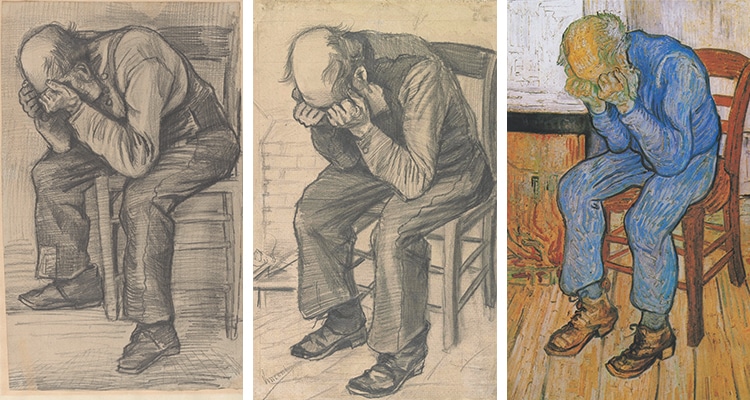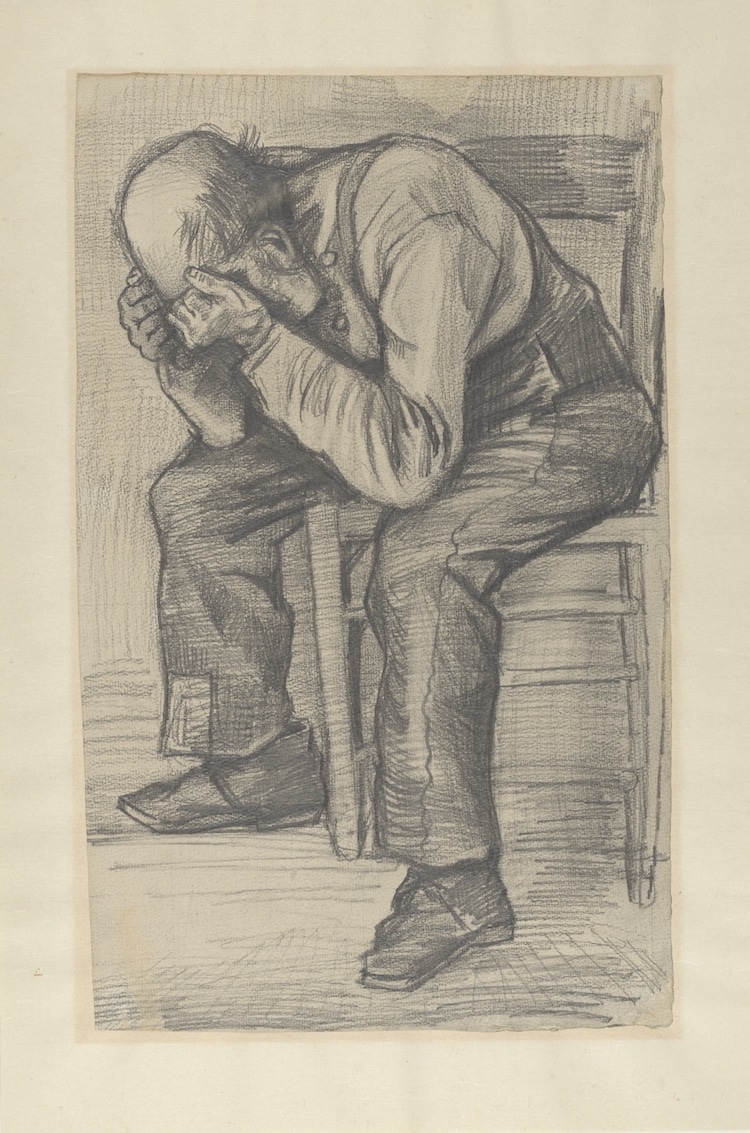It looks like something out of a Fellini movie: a string quartet floating down the canals of Venice on a gigantic violin. Not a boat masquerading as a violin, like when you dress up your pet for Halloween and just slap some funny ears and coat on it, but an actual 39-foot long violin, made of several kinds of wood and metal by master boatbuilder/wood sculptor Livio De Marchi.
“Noah’s Violin,” as it is called, did have a tiny motor inside to propel it, and its trip down the Grand Canal was intended as a portent of a post-COVID world. De Marchi told the New York Times that the violin was a “sign of Venice restarting,” and like Noah’s Ark, would bring hope after the deluge.
Musicians on board played works by Vivaldi, who was also an inspiration to the woodworker/boatmaker, and who was likewise born in Venice. The surprise is not so much that a string quartet is playing on top of the violin, but that it all seems so sturdy and safe. There are no hand rails or life jackets to be seen. (According to the Times, wind blew some of the score into the canal, where it was quickly rescued).
De Marchi has made several surreal boats, starting with a large wooden replica of a paper ship, a floating origami crane, a large high-heeled shoe, and recently an all-wood recreation of a Ferrari that puttered up and and down the canal.
The violin boat was followed by crowds in gondolas and other tourist boats, floated about for an hour, and then was docked, where it was blessed by a priest. A museum in China and an Italian company expressed interest in finding the violin-boat a home.
Who knows what might happen to it, but why not strap some powerboat motors on it, hire Apocalyptica and let ‘er rip?
Related Content:
How Venice Works: 124 Islands, 183 Canals & 438 Bridges
A Relaxing 3‑Hour Tour of Venice’s Canals
Ted Mills is a freelance writer on the arts who currently hosts the Notes from the Shed podcast and is the producer of KCRW’s Curious Coast. You can also follow him on Twitter at @tedmills, and/or watch his films here.










